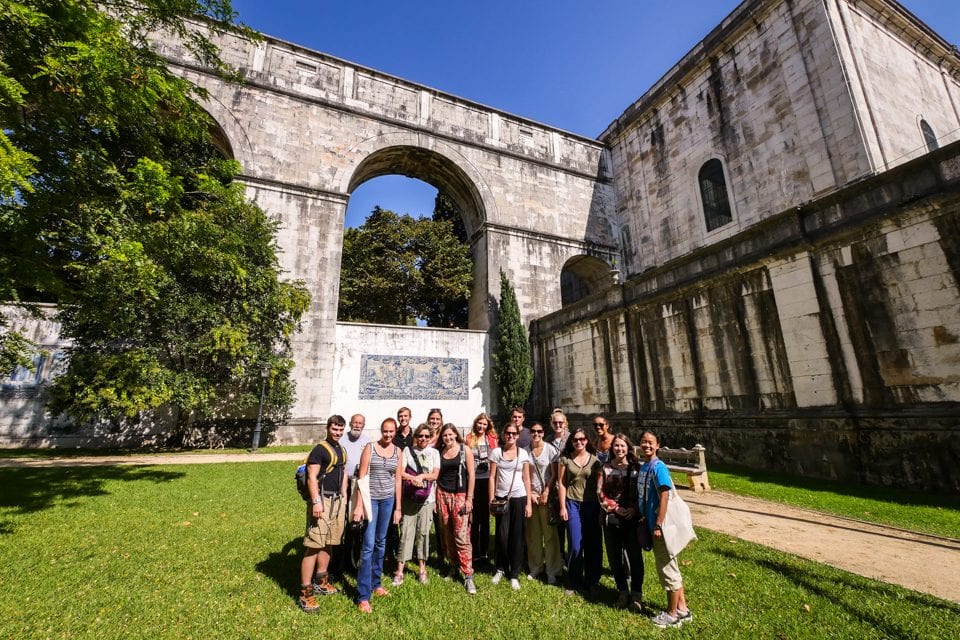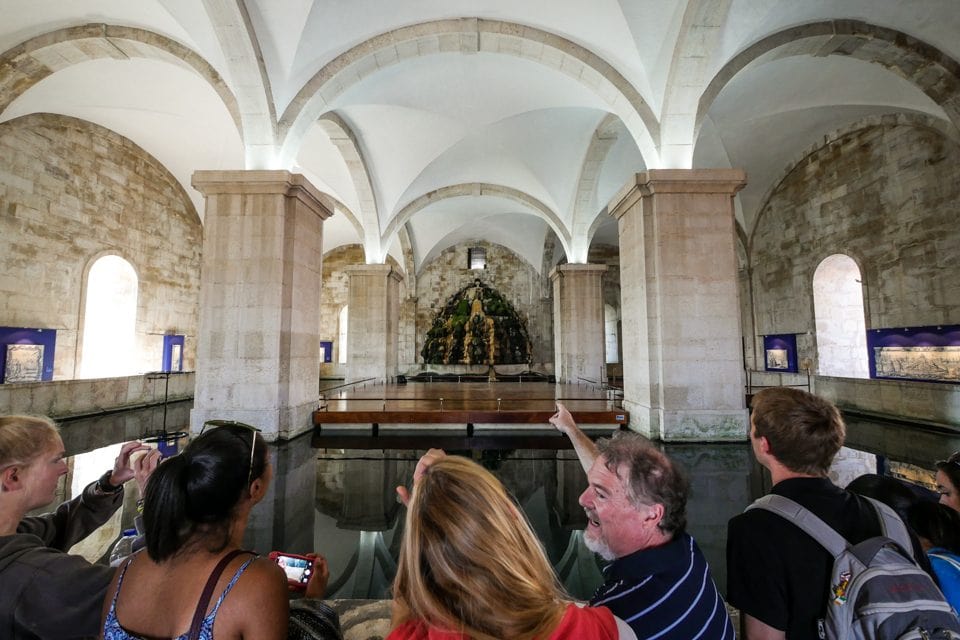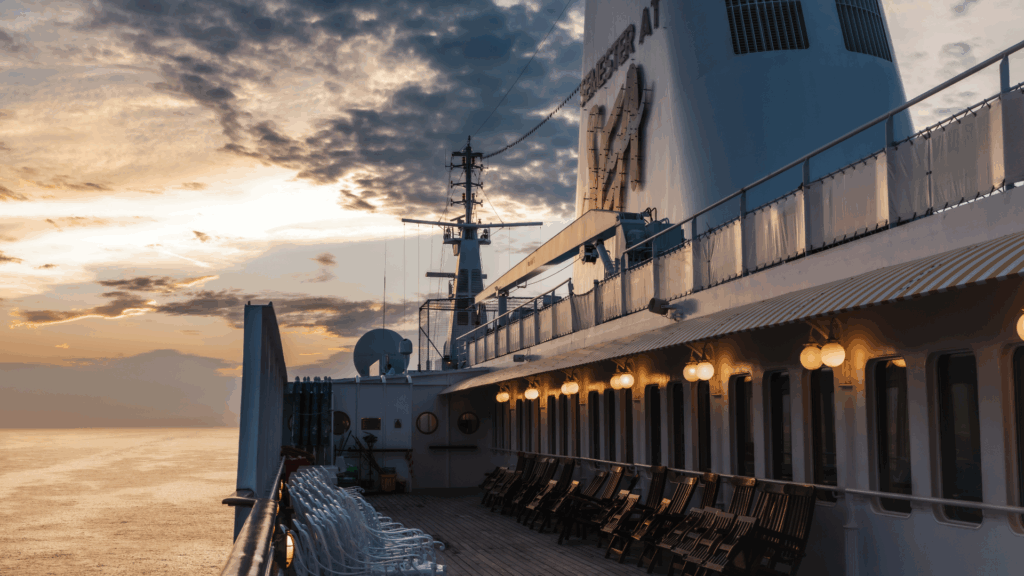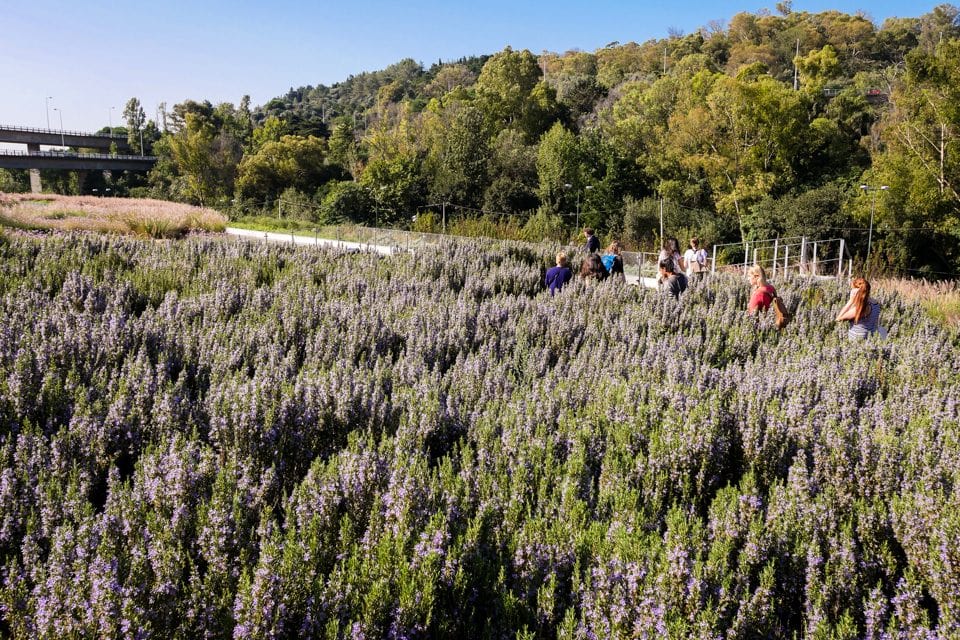
Within an hour of the MV Explorer reaching land in Portugal, students of Professor Richard D’Amato’s Water for the World civil engineering class set out to experience topics they have been learning about aboard the ship. To develop students’ knowledge and understanding of the highly complex issues surrounding water, its availability and uses on a global basis, Professor D’Amato led the group to the modern SimTejo Subsistema de Alc√¢ntara water treatment facility and the Museu da AÃÅgua, or Water Museum, of Lisbon.
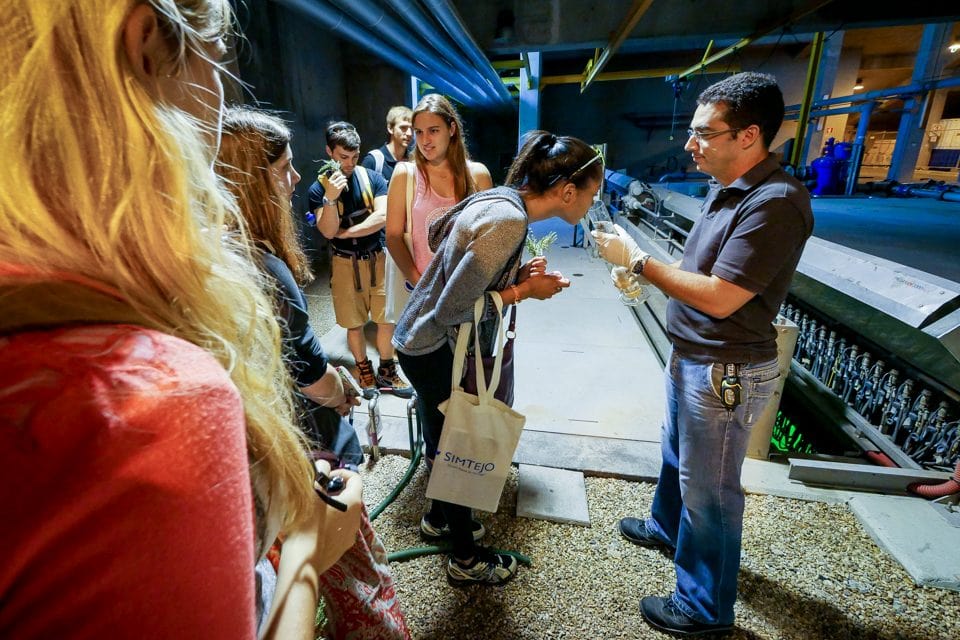
“It was amazing to see a wastewater treatment plant and then a historic aqueduct as studied in class. Some interesting facts about of the waste water facility that I learned are that it uses the collected sediment from the used water for agriculture, the plant itself doesn’t smell (they even treat the air before releasing it to the environment), the treatment process is done underground, and the roofs of the buildings are green roofs. Looking at an aerial view of the facility, I wouldn’t have known that used water gets treated below since all I could see was their garden.
The stone arch aqueduct has the tallest stone arch in the world and withstood a 9.0 earthquake in 1755. The aqueduct led to a beautiful enclosed reservoir and we were able to walk through some of the underground tunnels that once distributed the water throughout the city. Although it’s not used anymore, to imagine the original water system working as it would is astounding.
From the true basics of stone arch architecture state-of-the-art modern technology, this field lab was phenomenal and exceeded my expectations. I’m extremely glad that I had this opportunity to see behind the scenes of Lisbon’s water world.”
– Kei-Lin Chang, University of California at Irvine
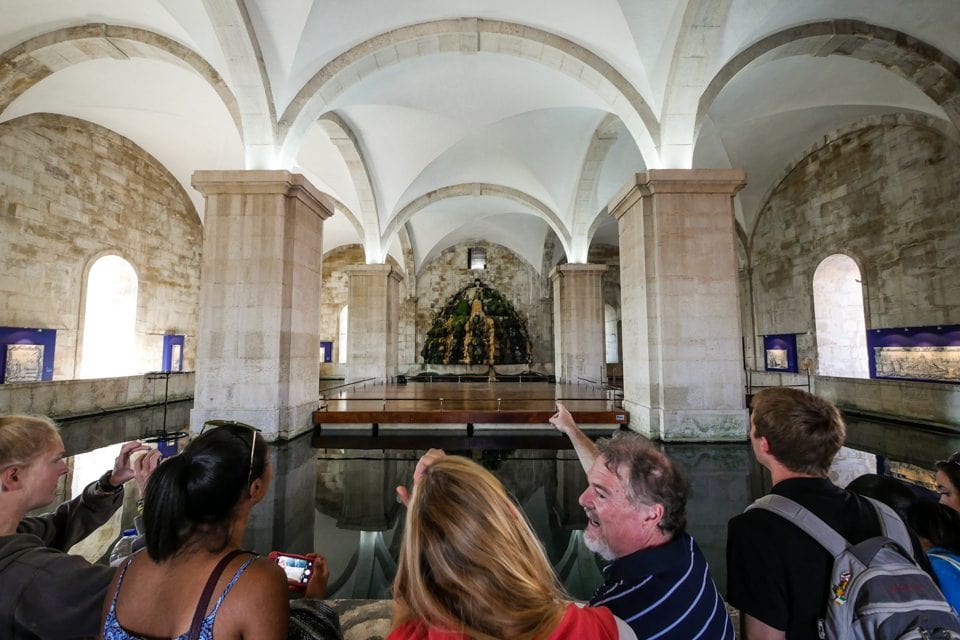
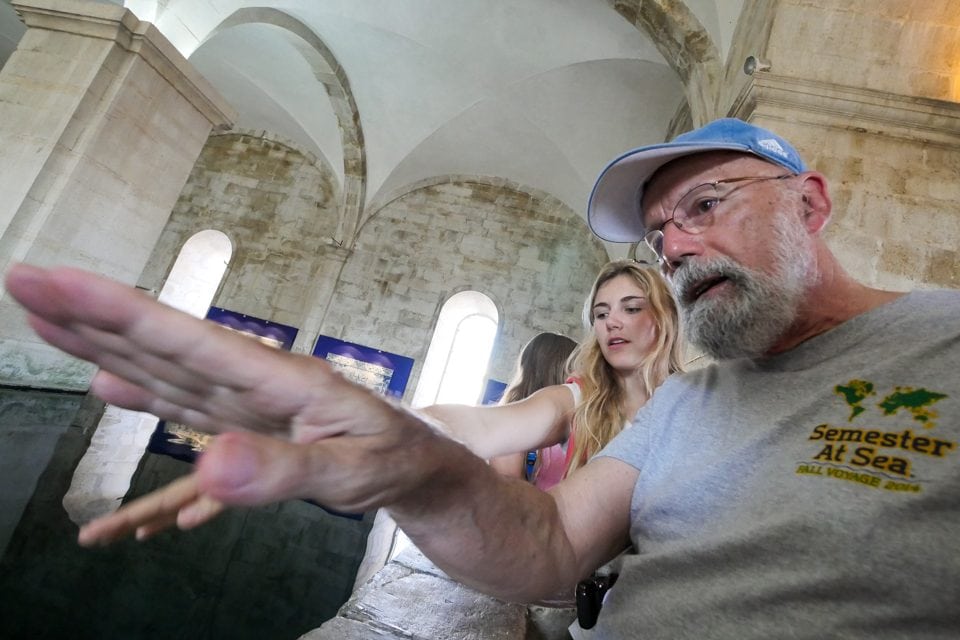
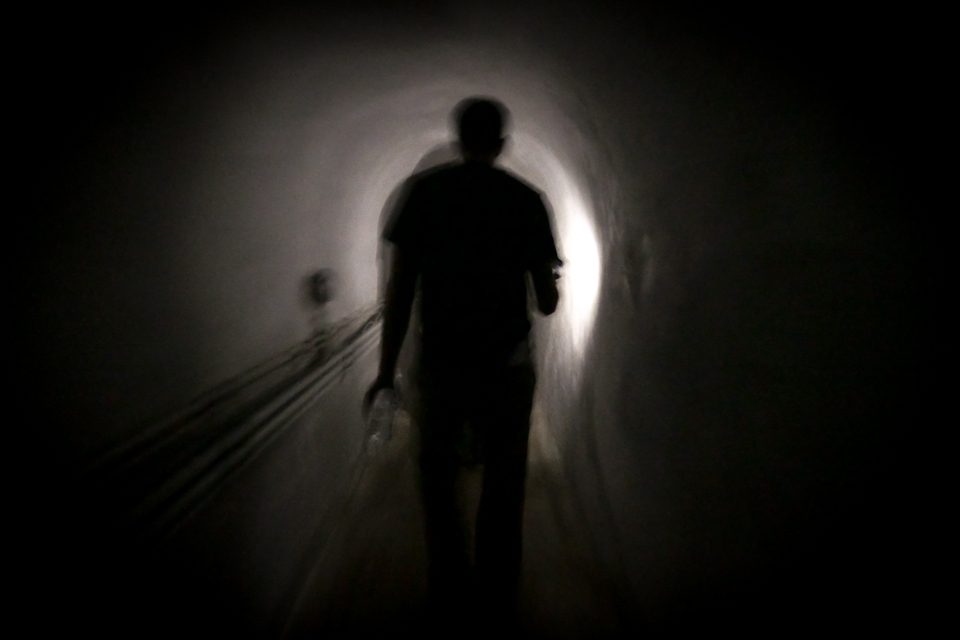
“Participating in the Water for the World field lab gave me the opportunity to tour a state-of-the-art wastewater treatment facility in Lisbon, Portugal. Being a chemistry major, this eye-opening experience helped to shed light on a new avenue for a possible career choice that would otherwise have gone unexplored.”
– Benjamin Carlson, The College of St. Scholastica
